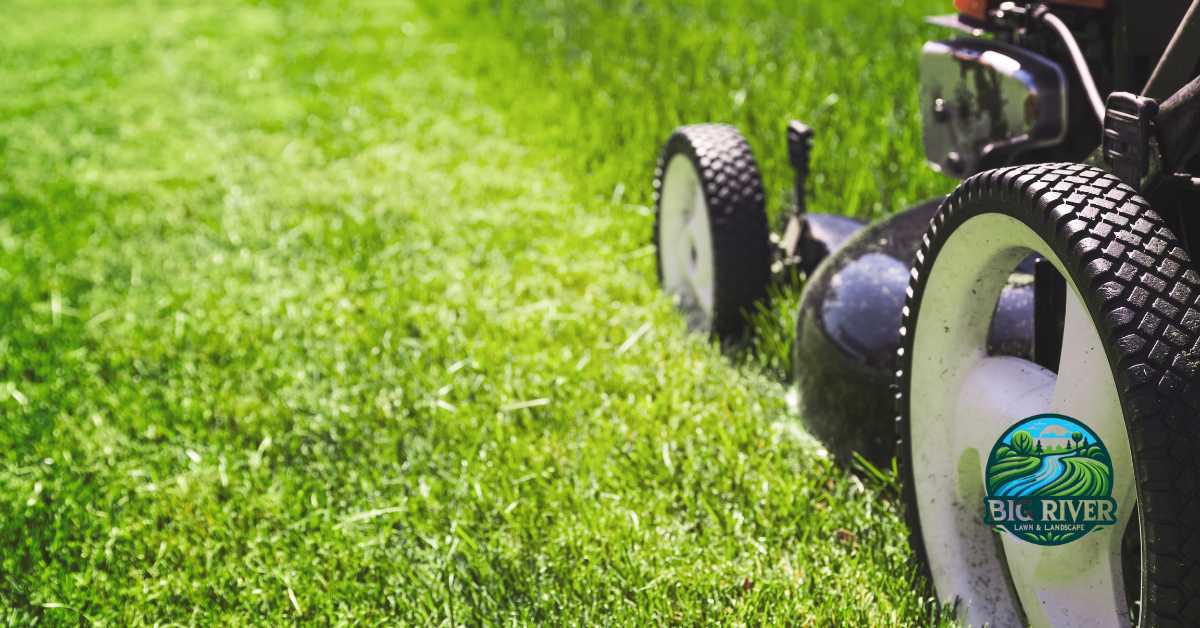Maintaining a lush, green lawn is more than just a chore; it’s an art form. Whether you’re a seasoned gardener or a first-time homeowner, knowing how to mow a lawn properly can make a significant difference in its health and appearance. Correctly mowing your lawn not only improves its resilience but also its ability to withstand various weather conditions. Additionally, proper mowing techniques can help prevent lawn diseases and enhance overall turf quality.
Understanding Your Lawn
Before you even start your mower, it’s essential to have a thorough understanding of the type of lawn you’re dealing with. The health, type, and maintenance needs of your grass determine not just how you mow, but when and how often. This foundational knowledge ensures that your mowing practices promote a healthy, thriving lawn.
Types of Grasses
Grasses vary by climate, growth patterns, and maintenance needs. Common types include Kentucky bluegrass, Bermuda, and fescue. Each type has specific mowing requirements, so identifying your grass is the first step in proper lawn care. Knowing your grass type helps in understanding how frequently and at what height it should be mowed, which are crucial for optimal growth.
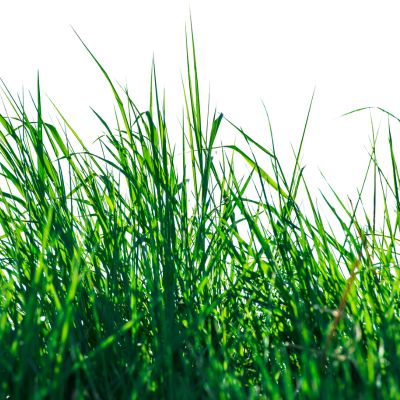
Assessing Lawn Health
A healthy lawn is dense, green, and free of weeds and pests. Regular checks for patchiness, discoloration, and signs of pests can help you address issues before they escalate. Assessing lawn health regularly allows you to adjust your care routine, ensuring that your lawn remains vibrant and healthy. This can involve altering watering patterns, fertilizer application, and how you mow the grass.
Preparing to Mow
The preparation phase is crucial for a successful mowing session. From selecting the right mower for your lawn’s specific needs to ensuring your equipment is in prime working condition, careful preparation sets the stage for efficient and effective lawn care.
Choosing the Right Mower
The key to effective mowing starts with the right tool. Consider your lawn’s size and terrain when choosing between a push mower, riding mower, or robotic mower. The correct mower can drastically reduce the effort and time required to maintain your lawn. Also, consider the mower’s features, such as mulching capabilities or the type of wheels for maneuverability.
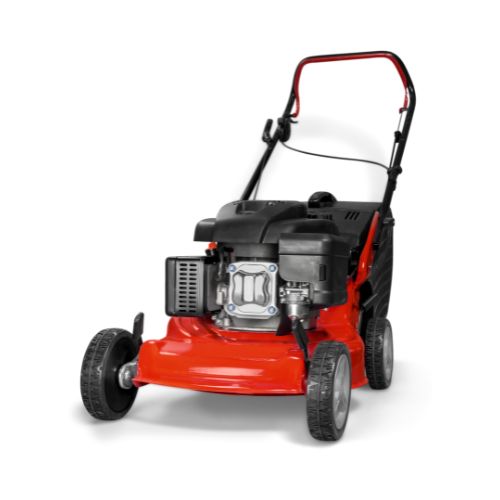
Mower Maintenance
Keeping your mower in top condition is crucial. Regularly check and sharpen blades, change the oil, and clean the air filter to ensure efficiency. Proper maintenance helps extend the life of your mower and ensures it’s always ready to use. Dull blades can tear grass, leading to an uneven cut and potential for disease.
Setting Mower Height
The golden rule is to never cut more than one-third of the grass blade. Adjust your mower height accordingly, especially during different seasons. This helps maintain lawn health and prevents weeds. Setting the right cutting height is also critical for promoting deep root development, which enhances drought resistance.
Mowing Techniques
Effective mowing is not just about cutting grass. It’s about using the right techniques to ensure that your lawn remains healthy and well-groomed. Different mowing patterns and techniques can enhance your lawn’s appearance and health, making mowing both a science and an art.
Basic Mowing Patterns
Adopting various lawn mowing patterns, like straight lines, checkerboards, or circles, not only enhances curb appeal but encourages grass growth in different directions, reducing wear patterns. These patterns can help minimize soil compaction and promote healthier grass. Moreover, alternating patterns with each mow can prevent grass blades from leaning in one direction.
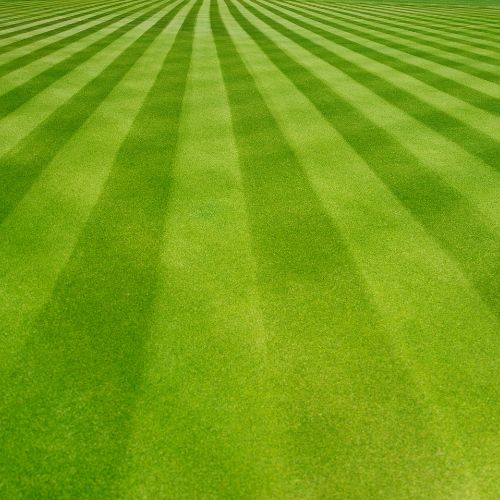
Mowing Slopes and Difficult Areas
For slopes, mow across the slope with a walk-behind mower, or up and down with a riding mower for safety. Use a trimmer for tight spots where mowers can’t reach. It’s important to take extra care on slopes to prevent accidents and ensure an even cut. When mowing difficult areas, it’s also helpful to use smaller, more maneuverable equipment.
Timing and Frequency of Mowing
Mowing lawn frequency depends on growth, which is influenced by weather and season. The best time to mow lawn is when the grass is dry and in the late afternoon, reducing stress on the grass and yourself. Mowing at the right time ensures that the grass can heal before the peak sun hours, which minimizes stress and brown spotting. The frequency of mowing should increase during the growing season and decrease as growth slows down.
Aftercare and Lawn Maintenance
Once the mowing is done, the care for your lawn doesn’t stop. Post-mowing maintenance like managing grass clippings, watering, and fertilizing plays a pivotal role in ensuring your lawn continues to flourish. Proper aftercare is vital for sustaining the lush, green appearance of your lawn throughout the season.
Grass Clippings Management
Leave clippings on the lawn as mulch to return nutrients to the soil, unless they clump excessively. This practice, known as grasscycling, not only fertilizes the lawn but also reduces the need for synthetic fertilizers. If clippings are too thick, they should be removed to prevent smothering the grass.
Watering After Mowing
Watering deeply but infrequently encourages deep root growth. The best time to water is early morning, particularly after cutting. This timing helps the water to soak deeply into the soil, while the early hours reduce evaporation. Proper watering after mowing can help the lawn recover and grow more robustly.
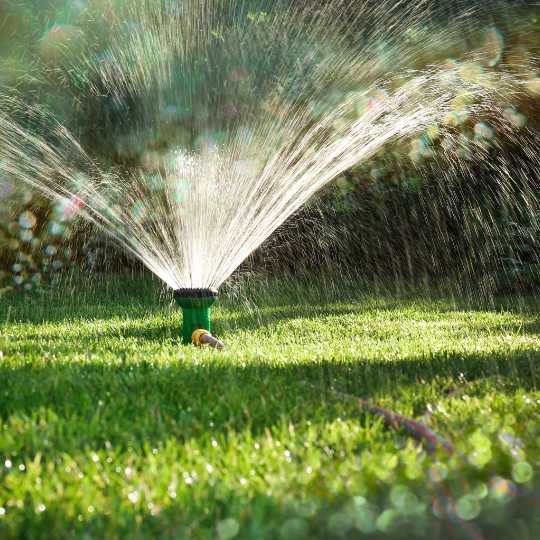
Fertilizing After Mowing
Apply fertilizer after mowing to replenish nutrients, ensuring it coincides with your lawn’s growth spurts. This timing allows the grass to absorb nutrients efficiently, promoting lush, vigorous growth. It’s also crucial to use the correct type of fertilizer based on your soil and grass type.
Troubleshooting Common Mowing Problems
Even with the best practices, you might encounter issues from time to time. Understanding how to troubleshoot common problems like lawn damage, diseases, and pests is essential. This knowledge ensures you can quickly address and rectify issues, keeping your lawn in top condition.
Lawn Damage from Mowing
Dull blades or cutting too short can stress grass, leading to yellow tips and vulnerability. Frequent mower maintenance and adjusting cutting height can prevent these issues. Additionally, varying the mowing pattern can reduce wear and tear on specific areas of the lawn, helping to maintain an even appearance.
Dealing with Lawn Diseases and Pests
Regular monitoring and appropriate treatments like fungicides or pest control methods can manage these issues effectively. Early detection and treatment are key to preventing these problems from spreading and causing significant damage to the lawn. Implementing integrated pest management strategies can also reduce reliance on chemical treatments.
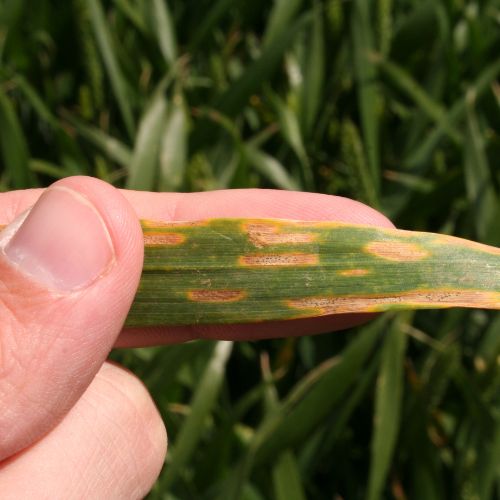
Advanced Mowing Tips and Tricks
For those looking to take their lawn care to the next level, advanced mowing techniques and eco-friendly practices can make a significant difference. These tips and tricks not only improve the aesthetic appeal of your lawn but also contribute to its long-term health and sustainability.
Enhancing Curb Appeal
Use precise edges and clean lines to enhance the lawn’s aesthetics, making it visually appealing and neat. This not only adds to your home’s overall attractiveness but can also increase property value. Consider edge trimming to refine the lawn’s borders for a polished look.
Eco-Friendly Mowing Practices
Consider a manual reel mower for small lawns to reduce carbon emissions, or opt for electric models which are quieter and more environmentally friendly. These practices not only help the environment but also can reduce fuel costs and decrease noise pollution. Additionally, choosing eco-friendly mowers can significantly reduce your carbon footprint.

Conclusion
Mowing the lawn isn’t just about how to cut the grass with a lawn mower; it’s about understanding the ecosystem of your yard and nurturing it carefully. With the right techniques and timing, particularly the best time to mow grass, you can maintain a vibrant lawn that enhances your home’s appeal and offers a welcoming outdoor space. Remember, every pass with the mower is a step towards a healthier, more attractive lawn. Knowing when to mow the lawn during the day or season, and how to use a lawn mower effectively, can transform your mowing routine into an easy, enjoyable task.
FAQs on How to Mow a Lawn
How to Use a Lawn Mower?
Check your mower’s oil and fuel, ensure blades are sharp, set the desired cutting height, and mow in straight, overlapping lines. Refer to the manual for specific instructions related to your model. Regular maintenance ensures optimal performance and longevity.
What Is Best Time to Mow Lawn in Summer?
The best time to mow a lawn in summer is early morning or late afternoon to avoid the heat and ensure grass blades can heal overnight. Mowing when it’s cooler also reduces stress on both the lawn and the operator.
How to Mow a Lawn Properly?
Set your mower to the highest setting during hot months, mow in straight lines, alternate your patterns, and ensure your mower’s blades are sharp for healthy grass. Consistent mowing practices maintain lawn density and prevent weeds.
How to Cut the Grass with a Lawn Mower?
Mow the perimeter first, then proceed in straight, overlapping lines across your lawn. Maintain a steady pace and ensure sharp blades for a clean cut. Always clean the mower after each use to prevent clogging and rust.
What Is the Lowest Cutting Height of Lawn Mowers?
The lowest cutting height typically ranges from one to over two inches, depending on the mower model. Avoid setting too low to prevent grass damage. Setting the height appropriately is crucial for avoiding scalping and promoting healthy root development.

